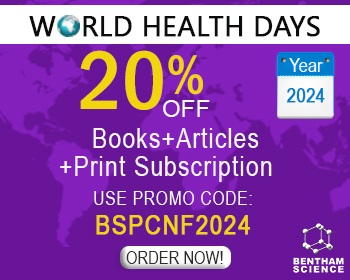Abstract
Among 484 Hypericum L. (Guttiferae/Hypericaceae) species, widespread in warm temperate areas throughout the world, only H. perforatum is widely used in official medicine. Hypericum perforatum has been reported as an antidepressant, antiviral, antimicrobial, anti-inflammatory, and a healing agent. The main constituents of the Hypericum species are naphthodianthrones, primarily represented by hypericin and pseudohypericin, phloroglucinol derivatives, especially hyperforin, and flavonoids, such as quercetin, quercitrin, hyperoside and rutin. Hypericin and pseudohypericin have been found to possess antiretroviral activity. Hyperforin may also have an important contribution to the antidepressant activity of Hypericum extracts. The content of the above active constituents in some Hypericum species is higher than in H. perforatum. Also, a number of studies of the biological activities of Hypericum species have shown that the most recognized species of this genus, H. perforatum, was not the most active. Comprehensive analysis of the published research on the chemical composition and biological activity, showed that H. richeri has a similar pharmacological potential as St. Jon`s wort. The species, with high content of naphtodianthrones,which might be used against viruses and retroviruses, are: H. androseamum,H. annulatum, H. barbatum, H. boissieri, H. elegans, H. hirsutum, H. hyssopifolium, H. humifusum, H. montanum. H. montbretii, H. triquetrifolium, H. richeri, H. rochelii, H. rumeliacum, H. thasium, andH. patulum. Very few species (e.g. H. inodorum and H. moseranum) contained the similar amounts of hyperforine as H. perforatum. Since hyperforin was recognized as one of the most crucial components for the antidepressive activity, it seems that H. perforatum barely has an alternative for this purpose. Plant species containing considerable amounts of other acylphloroglucinol derivatives have the potential to demonstrate antibacterial and cytotoxic activity. Some of these species are: H. sampsonii, H. ascyron, H. foliosum, H. geminiflorum and H. scabrum. However, only a few studies concerning the activity of extracts and isolated compounds were done in vivo. Also, data on the safe usage of Hypericum constituents as phytotherapeutics are scarce. Since some of Hypericum species are scarcely distributed or endemic as well as some of the secondary metabolites are presented in very small amounts, bio-production, especially endophytes, could represent an abundant and reliable source of pharmacologically active metabolites of Hypericum species for exploitation in pharmaceutical industry.
Keywords: Biological activities, chemical composition, Hypericum, non-volatile secondary metabolites.

























